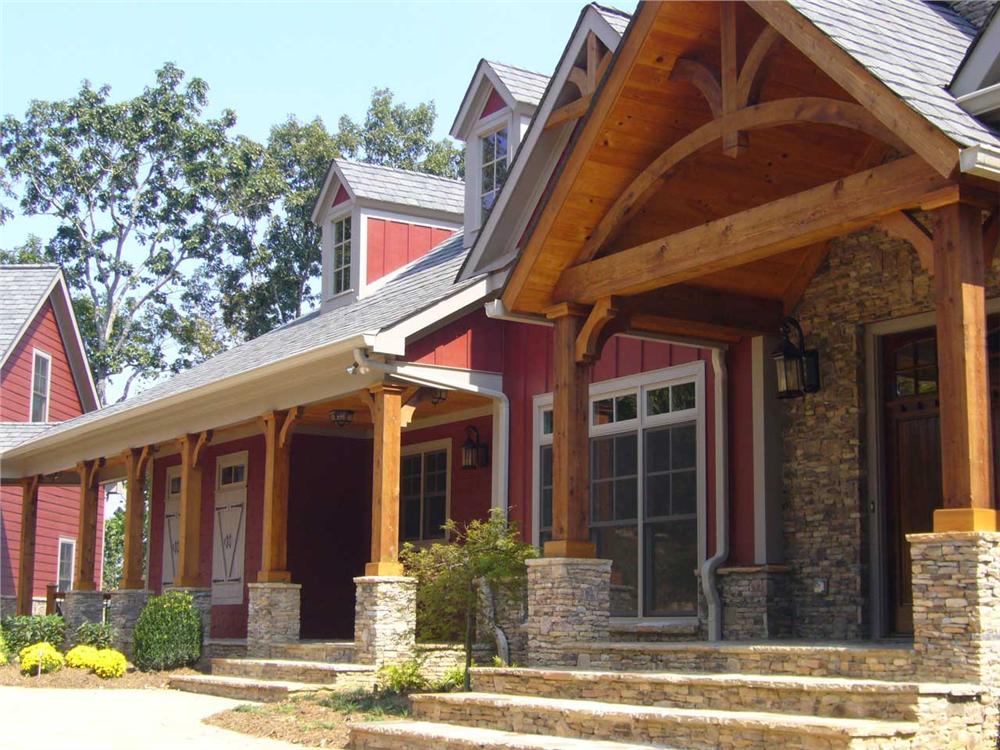Hold on to your seats, because I’ve got some pretty amazing news about green building technology. It all started out earlier this afternoon when I was browsing around on BuildingGreen.com. They have a well-organized site offering lots of information about anything from green building products to new water-saving techniques. Before long, I found a news article with a link to AskNature.org (another very informative website), and that is where my tangent began.
AskNature.org kept alluding to biomimicry, and since I had never heard of biomimicry before, I decided to do a little further investigation. Biomimicry, it seems, is the process of mimicking nature’s solutions to solve human problems. For example, scientists are using sophisticated computer programs to mimic bone structures in order to make cars up to 30% lighter, but still maintaining the same crash-test ratings.
I found information about many different biomimicry projects; everything from butterfly-wing pants to photovoltaic paint. But by far, the most far-fetched and interesting idea I read about was BIOSTEEL®. Now, this isn’t exactly cutting-edge news. In fact, my information is sadly outdated. But sometime around 2001-02, Nexia Biotechnologies Inc., from Montreal, “produced” a transgenic goat with the capability of producing synthetic spider silk. I know what you’re thinking, and let me tell you, it gets even crazier!
Willow, as they called her, was created when Nexia scientists took a single goat embryo and injected it with special sequences of spider genes. The modified embryo was then inserted into a surrogate mother goat and – POOF! – Willow, the spider-goat!
Now Willow can’t climb walls or fight crime, but her modified mammary glands do produce long-chain amino acids that are almost identical to spider silk. So with a little processing, Nexia was able to transform Willow’s mutant goat milk into a synthetic spider silk (BIOSTEEL®) that exhibited a tensile strength triple that of steel.
The production of BIOSTEEL® was a very promising concept. Everyone seemed to be holding their breath. The medical field, the building industry, even the military; they all wanted it to go somewhere. Unfortunately, BIOSTEEL® and Nexia fizzled-out shortly thereafter. I’m not sure what has become of Willow the spider-goat, but the whole ordeal sure made my afternoon a lot more interesting.
Now that I’ve given a brief summary about the rise and fall of one of Canada’s premier biotechnology firms, I have to bring my tangent back to the beginning. Today’s builders and architects can learn a lot from nature. The natural world that we see around us has had billions of years of research and development, and the more we follow the patterns of nature, the more efficient our designs will be. I don’t think we should be trying to re-engineer goats, but I do think that we can benefit from nature’s expertise.









